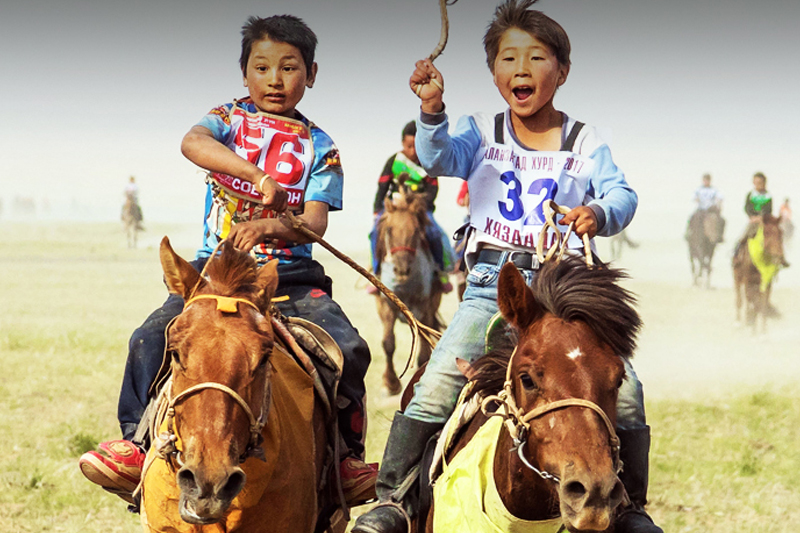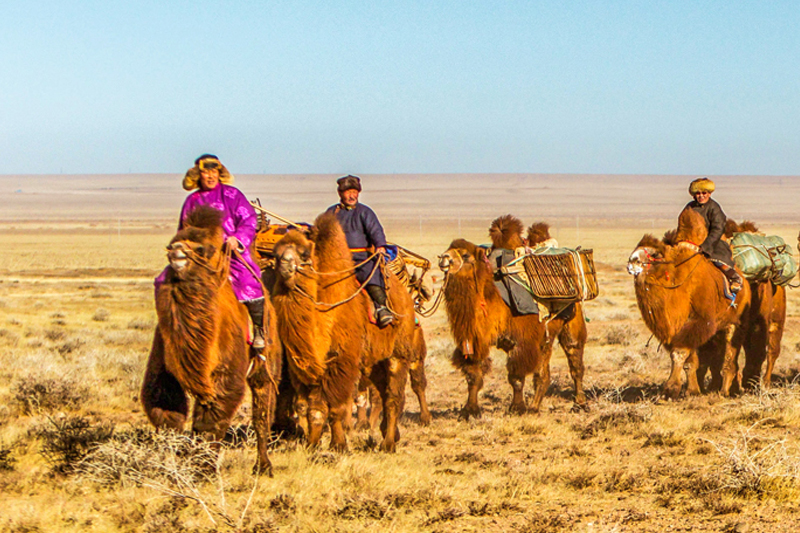- Home
- Mongolian People and Nomads
The Mongols constitute one the principal ethnographic divisions of Oriental, or Asian peoples. Over time the once great corridor of migration across the northern grasslands between Hungary in the west and Manchuria in the east, became blocked by manmade divisions in the name of civilization. The origin of the Mongols themselves is from the Tungus people (The modern Evenki of southeast Mongolia) from Siberia and Manchuria and in the west from Huns (Xiongnu) and the Turks that lived in Mongolia and north China and moved westwards.
Although the population of Mongolia 3,177,899 in 2018, it has consisted of many different nomadic tribes from ancient times until the present day. Population figures are given for the various national groups described below. These figures and percentages are based on 2010 census figures.

